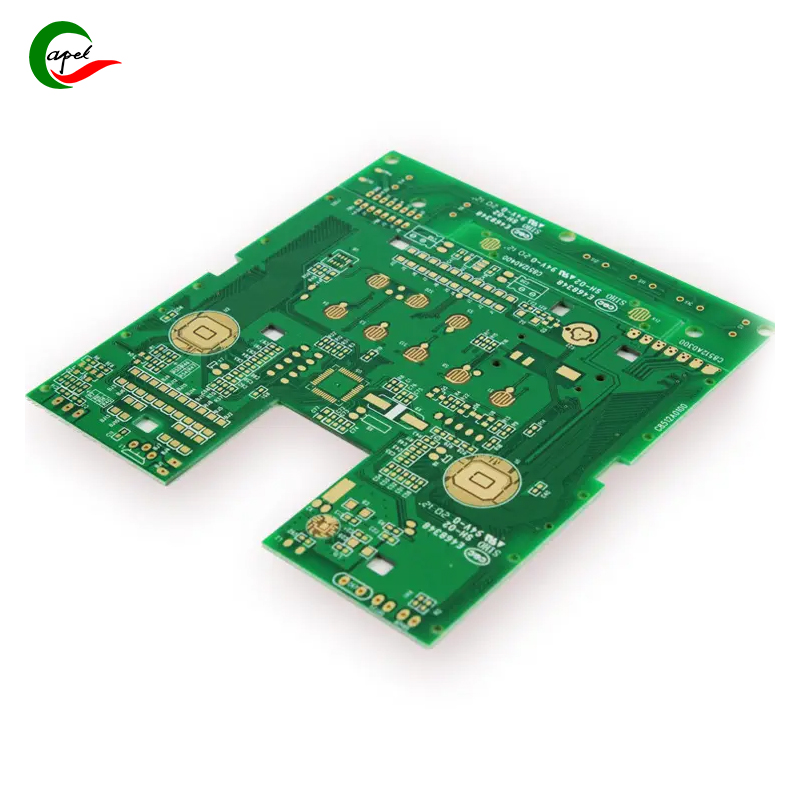Knowing the differences between the various types is critical when choosing the right printed circuit board (PCB) for your electronic device. Two popular options on the market today are Rogers PCB and FR4 PCB. While both have similar functions, they have different properties and material compositions, which can greatly affect their performance. Here we’ll do an in-depth comparison of Rogers PCBs and FR4 PCBs to help you make an informed decision for your next project.
1. Material composition:
Rogers PCBs board consist of high frequency ceramic filled laminates with excellent electrical properties such as low dielectric loss and high thermal conductivity. On the other hand, FR4 PCB board, also known as Flame Retardant 4, is made of glass fiber reinforced epoxy resin material. FR4 is known for its good electrical insulation and mechanical stability.
2. Dielectric constant and dissipation factor:
One of the main differences between Rogers circuit board and FR4 circuit board is their dielectric constant (DK) and dissipation factor (DF). Rogers PCBs have low DK and DF making them suitable for high frequency applications where signal integrity is critical. On the other hand, FR4 printed circuit board have high DK and DF, which may not be ideal for high-frequency circuits that require precise timing and transmission.
3. High frequency performance:
Rogers printed circuit boards are specifically designed to handle high frequency signals and maintain their integrity. Its low dielectric loss minimizes signal loss and distortion, making it an excellent choice for microwave and RF applications. FR4 PCB circuits, while not as optimized for high frequencies as Rogers PCBs circuit board, are still suitable for general-purpose and mid-frequency applications.
4. Thermal management:
In terms of thermal management, Rogers PCB is better than FR4 printed circuit. Its high thermal conductivity enables efficient heat dissipation, making it suitable for power applications or devices that generate a lot of heat. FR4 PCBs have lower thermal conductivity, which can lead to higher operating temperatures and require additional cooling mechanisms.
5. Cost considerations:
Cost is an important aspect to consider when choosing between Rogers printed circuits and FR4 PCBs. Rogers PCBs are generally more expensive due to their special material composition and enhanced performance.FR4 PCBs are widely produced and readily available, making them a more cost-effective option for general-purpose applications.
6. Mechanical strength and durability:
While both Rogers PCB and FR4 PCB have good mechanical strength and durability, Rogers PCB has higher mechanical stability due to its ceramic filled laminate. This makes it less likely to deform or bend under pressure. FR4 PCBs remain a solid choice for most applications, although additional reinforcement may be required for more harsh environments.
Based on the above analysis, it can be concluded that the choice between Rogers PCBs and FR4 PCBs depends on the specific requirements of your project. If you are working in high frequency applications that require excellent signal integrity and thermal management, Rogers PCBs may be a better choice, albeit at a higher cost. On the other hand, if you are looking for a cost-effective solution for general-purpose or mid-frequency applications, FR4 PCBs can meet your requirements while providing good mechanical strength. Ultimately, understanding the properties and material composition of these PCB types will help you make informed decisions that meet your project needs.
Post time: Aug-24-2023
Back







